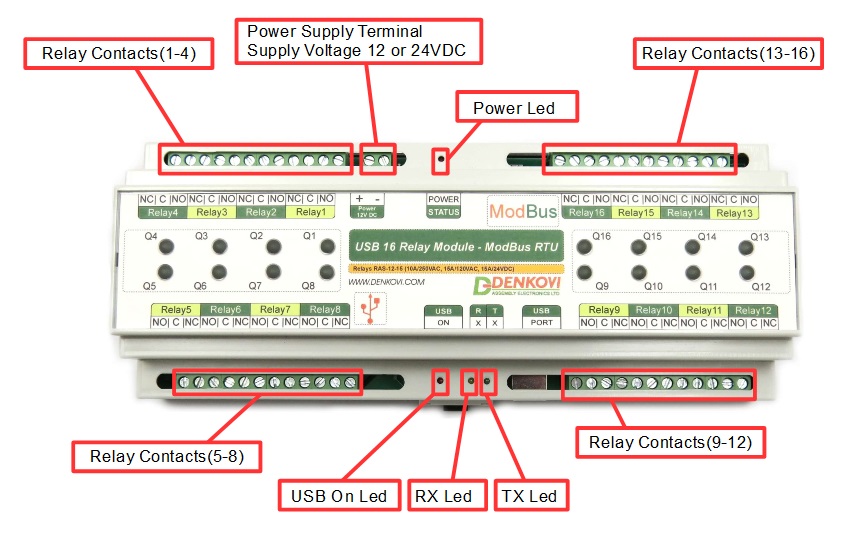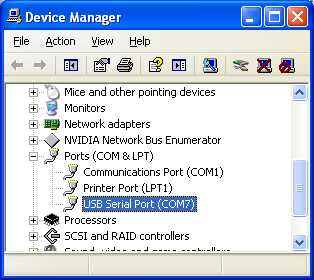

With other emulators like snes9x or native games for windows. I only found problems with these emulators, which are the best and I use them frequently. Ppjoy maping config: probe with everything. Windows control panel joystick setup: Ok all eight buttons and directional. SNES and Sega Genesis emulator ver.: latest 2010. Motherboard: with standard Parallel port, and all lpt1 options in bios setup.Įxcuseme for possible translation errors, since I speak Spanish.I am a newbie learning how to write WDM device drivers for USB devices and found that the materials available are all too hard to comprehend (the DDK online doc is one of the most difficult to read, and the WDM Device driver book by Oney isn't anything better). Where do I start if I want to create a virtual USB device (for example, a virtual USB mouse which looks like a real USB mouse attached to a USB port) for testing/learning.

So, if I want to hijack the hardware enumeration process and creates my own virtual hardware, should I include a filter driver somewhere to intercept some IRPs related to the hardware enumeration process? So far what I understand is the HIDClass driver (hidclass.sys) has a minidriver for the usb bus (hidusb.sys) that carries out the enumeration of attached USB hardware. Sorry if the above does not make sense at all since I am still in the learning stage and this is actually one of the exercise I think could help me learn about writing USB device drivers better. Windows uses a Plug and Play Architecture. When you insert a USB device, It sends low level USB request to the device and then based on the response from a device decides what driver to load.

Matching is done by comparing vendor id, product id and etc to inf files sections. #Virtual usb bus enumerator 圆4 driversĭrivers come in the form of a compiled xxx.sys with xxx.inf file and is loaded to kernel space. GetDescriptor(String iProduct), used in the "new Hardware been identified" popups.GetDescriptor(String iSerialNumber), used as Device Instance ID.(a more detailed description on what's in inf files can be found over on )Ī detailed look at the USB enumeration process (Use USB Logger): # vendor id (Vid) that Windows gets back during the # to your device, using the product id (Pid) and the # This is where windows learns to match this information "some usb dev"=OTHER_SECTION_DEV, USB\Vid_XXXX&Pid_yyyy Windows decides which xxx.sys to load based on the *.inf file that comes with the device's driver.



 0 kommentar(er)
0 kommentar(er)
